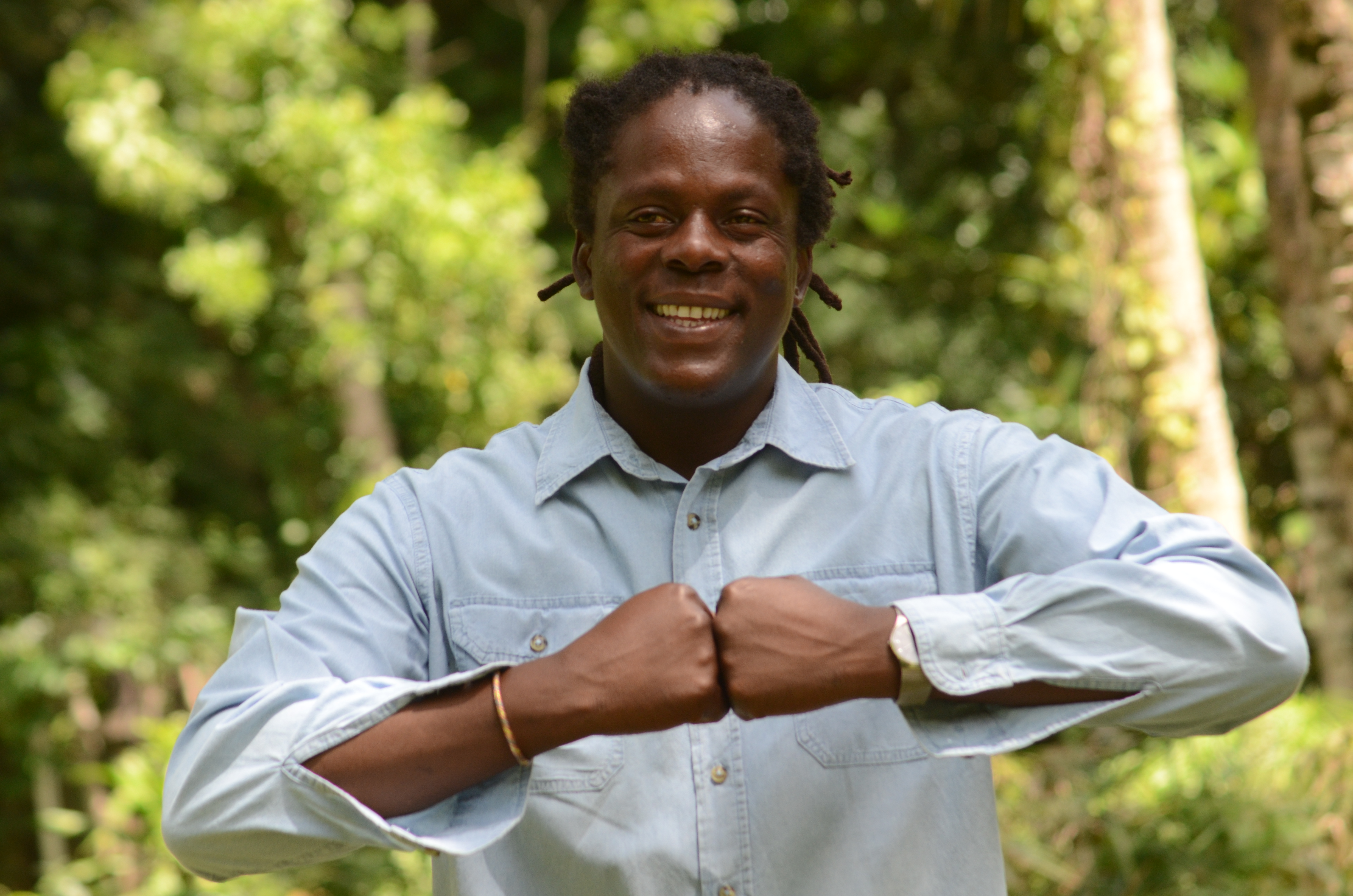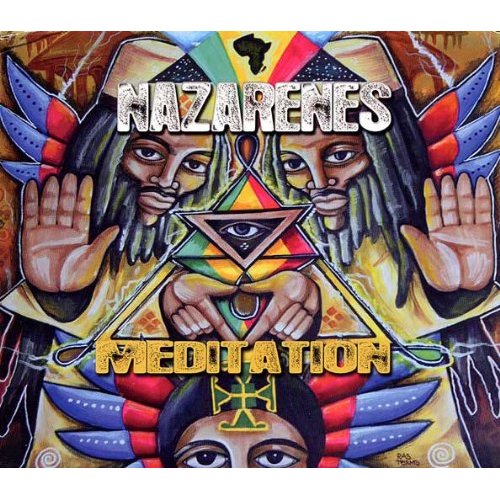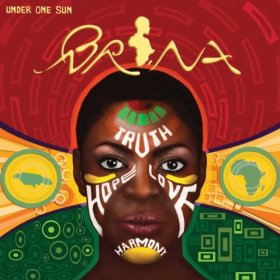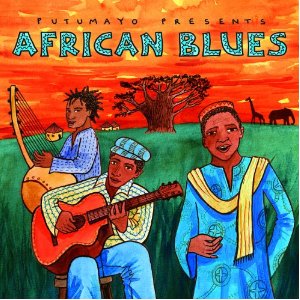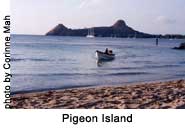 In March 2001 I stopped briefly in St. Lucia to spend a few days relaxing after Carnival in Trinidad. My short visit did not provide enough time to even scratch its surface, yet I found myself captivated by the qualities of this 238-square-mile Windward Island. The sun, the sea, the island’s natural beauty, as well as the warmth of its people, all left me wanting to return to St. Lucia.
In March 2001 I stopped briefly in St. Lucia to spend a few days relaxing after Carnival in Trinidad. My short visit did not provide enough time to even scratch its surface, yet I found myself captivated by the qualities of this 238-square-mile Windward Island. The sun, the sea, the island’s natural beauty, as well as the warmth of its people, all left me wanting to return to St. Lucia.
Fast becoming THE tourist destination in the southern Caribbean, St. Lucia is fanned by trade winds that moderate its subtropical climate, making it a year-round destination. If you fly into George Charles Airport near the island’s capital city of Castries, you are minutes away from the north-coast resorts of Rodney Bay. Larger jets arrive into Hewanorra Airport, located near Vieux Fort in the less developed southern part of the island, an hour’s drive away on the winding main road that encircles the island. Driving is on the left, British-style and the currency is Eastern Caribbean dollars (about 2.6 to the U.S. dollar). The languages are English and Creole (Kweyol), a French-based language spoken here and on other islands that were influenced by French and African heritage: Haiti, Dominica, Martinique, Guadeloupe, as well as in Louisiana, Mauritius in the Pacific, and Madagascar.
A Special Day in Paradise
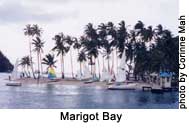 Tout Bagay (pronounced “toot bah-GUY”) is Creole for “a little bit of everything,” and it was the perfect name for our catamaran tour. We motored out of Rodney Bay Marina, then sailed south along the mountainous coastline. With the sun rising above the hills and Martinique visible 21 miles to the east, the dolphins that frolicked alongside the boat added that final touch to a picture-perfect moment. Lovely white sand beaches framed by palm trees dotted the western coast and the stunning twin volcanic Pitons covered in lush rain forest loomed near the picturesque town of Soufriere that crowded up the hillside overlooking its harbor. Our day-long Sunlink excursion included a trip to the refreshing Diamond Waterfall and a hillside botanical garden blooming with an impressive array of tropical flowers, a visit to the pungent Sulphur Springs at the drive-in volcano, plus a delicious buffet Creole-style lunch and tour at Mourne Coubaril, a working plantation. A quick sail through spectacular Marigot Bay and a brief stop for swimming and snorkeling at Anse Cochon preceded the afternoon’s rum-and-reggae enhanced party back to harbor. The trip touched on just enough variety to whet one’s appetite to further explore this beautiful Caribbean island.
Tout Bagay (pronounced “toot bah-GUY”) is Creole for “a little bit of everything,” and it was the perfect name for our catamaran tour. We motored out of Rodney Bay Marina, then sailed south along the mountainous coastline. With the sun rising above the hills and Martinique visible 21 miles to the east, the dolphins that frolicked alongside the boat added that final touch to a picture-perfect moment. Lovely white sand beaches framed by palm trees dotted the western coast and the stunning twin volcanic Pitons covered in lush rain forest loomed near the picturesque town of Soufriere that crowded up the hillside overlooking its harbor. Our day-long Sunlink excursion included a trip to the refreshing Diamond Waterfall and a hillside botanical garden blooming with an impressive array of tropical flowers, a visit to the pungent Sulphur Springs at the drive-in volcano, plus a delicious buffet Creole-style lunch and tour at Mourne Coubaril, a working plantation. A quick sail through spectacular Marigot Bay and a brief stop for swimming and snorkeling at Anse Cochon preceded the afternoon’s rum-and-reggae enhanced party back to harbor. The trip touched on just enough variety to whet one’s appetite to further explore this beautiful Caribbean island.
History
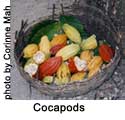 First populated by Amerindians, St. Lucia was colonized by both the British and the French, who fought for control of the island for more than 150 years. Slavery was abolished first in 1794 during the French Revolution, but the British regained the island and did not finally abolish slavery until 1834. St. Lucia became independent from Britain in 1979, maintains a parliamentary government, and is a member of the British Commonwealth. In addition to tourism, agriculture is still a strong economic force. The famous St. Lucian bananas-12 varieties of bananas are grown and exported to generate more than $34 million U.S. annually-were the most delicious I’ve ever tasted: tree-ripened, fresh and with a perfect texture and sweet flavor. Other crops include cocoa, coconuts, mangos, grapefruits, golden apples and other fruits as well as spices including nutmeg. You can sample this bountiful produce as well as a wide array of crafts at the huge Castries Central Market, held every day except Sunday. Arrive early for the best selection.
First populated by Amerindians, St. Lucia was colonized by both the British and the French, who fought for control of the island for more than 150 years. Slavery was abolished first in 1794 during the French Revolution, but the British regained the island and did not finally abolish slavery until 1834. St. Lucia became independent from Britain in 1979, maintains a parliamentary government, and is a member of the British Commonwealth. In addition to tourism, agriculture is still a strong economic force. The famous St. Lucian bananas-12 varieties of bananas are grown and exported to generate more than $34 million U.S. annually-were the most delicious I’ve ever tasted: tree-ripened, fresh and with a perfect texture and sweet flavor. Other crops include cocoa, coconuts, mangos, grapefruits, golden apples and other fruits as well as spices including nutmeg. You can sample this bountiful produce as well as a wide array of crafts at the huge Castries Central Market, held every day except Sunday. Arrive early for the best selection.
Sights
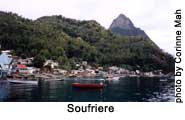 St. Lucia’s physical beauty is a vision-it seems like wherever you turn there is another photo opportunity. Its renowned Pitons, historic towns, rain forests, and rugged coastlines present endless opportunities for exploration. Eco-tourism is growing and you can take a guided tour, hire a driver, or rent a car to explore self-guided Heritage Tourism Sites. St. Lucia is small enough that you can choose each outing as a day-trip. I met an adventurous British couple who itemized their check-list of activities for me: a sailboat tour, Rent-a-Jeep and drive to Soufriere via the mountains and the banana plantations, a day-long horseback riding adventure, a whale-watching tour, deep-sea marlin fishing, exploring the rugged east coast (a windsurfing mecca), and scuba diving. Instead, I chose to relax on beautiful Reduit Beach (a long curve of white sand beach with a view of Pigeon Island National Park, the locals’ favorite spot for Sunday picnics), content to watch while others indulged in a variety of watersports including wave runners, paddle boats, water skiing and kayaking.
St. Lucia’s physical beauty is a vision-it seems like wherever you turn there is another photo opportunity. Its renowned Pitons, historic towns, rain forests, and rugged coastlines present endless opportunities for exploration. Eco-tourism is growing and you can take a guided tour, hire a driver, or rent a car to explore self-guided Heritage Tourism Sites. St. Lucia is small enough that you can choose each outing as a day-trip. I met an adventurous British couple who itemized their check-list of activities for me: a sailboat tour, Rent-a-Jeep and drive to Soufriere via the mountains and the banana plantations, a day-long horseback riding adventure, a whale-watching tour, deep-sea marlin fishing, exploring the rugged east coast (a windsurfing mecca), and scuba diving. Instead, I chose to relax on beautiful Reduit Beach (a long curve of white sand beach with a view of Pigeon Island National Park, the locals’ favorite spot for Sunday picnics), content to watch while others indulged in a variety of watersports including wave runners, paddle boats, water skiing and kayaking.
Lodging & Entertainment
St. Lucia hosts a full range of lodging options, from the luxury of all-inclusive hotels like Sandals, the Rex St. Lucian, Wyndham Morgan Bay, and the Hyatt, to moderate hotels like the Bay Gardens or the Rainbow Hotel, to even more intimate properties like Auberge Seraphine in Castries, the Hummingbird Resort in Soufriere, or the lovely Candyo Inn, where I stayed in Rodney Bay. My charming room was decorated with bunches of fresh bougainvillea, and the helpful staff made my visit a pleasure. More properties are under construction, including a 300-room Radisson Hotel in Rodney Bay scheduled to open by 2002, and the exquisite Ti Kaye Resort, comprised of 33 private cliff-hugging bungalows overlooking Anse Cochon on the west coast, scheduled to open early 2001.
Reflecting St. Lucia’s diversity, an array of restaurants serves every kind of food imaginable from formal to casual beachfront style: French, British Pub fare, bar & grill, steak & seafood, Chinese, Indian, local-style, and even, unfortunately, American fast food. One of my favorite reasons to go to the Caribbean is to sample the local seafood and St. Lucia did not disappoint me, offering kingfish, dorade, snapper, tuna, lobster, and crayfish in a variety of preparations. From St. Lucia’s blend of cultures a Creole-style cooking has evolved that uses fresh local produce, herbs and spices in sauteed, grilled, jerk-style barbecues, pepperpot stews and curried preparations. “Green fig and saltfish” is the national dish. At local-style restaurants like the Triangle, service is cafeteria-style with a rotating selection of choices, portions are huge, and the spices can be HOT! Wash down a scrumptious meal with a Piton (the local beer) or a Bounty (the local rum) and coke.
There is entertainment throughout the week, but during the weekend, things really heat up. Two competing street festivals happen on Friday nights: the Jump Up in Gros Islet, where the streets close down and locals and tourists eat, drink and dance all night, and the Anse la Raye Fish Fry, where a huge variety of fresh-caught fish is served a multitude of ways, and the feast segues into a full night of entertainment. Resorts, restaurants, bars, clubs and discos all offer a full spectrum of entertainment as well.
Cultural Influences and Festivities
St. Lucia is startlingly musically diverse, and if you sit at sidewalk cafes like the Triangle or The Lime, you will hear soca, calypso, reggae, dancehall, zouk, R&B, salsa and even country music blasting from the sound systems of passing cars, as well as from the club’s sound system. This melting pot of all the musical flavors of the Caribbean is reflected in the cultural celebrations of St. Lucia.
On February 22nd, St. Lucia celebrates its Independence Day with a national holiday featuring special events and musical celebrations.
From May 4 – 13, 2001, the St. Lucia Jazz Festival takes over the island for a week of musical festivities. This year marks the tenth anniversary of this world-renowned event featuring concerts and performances by top-notch local and international artists. Among the featured artists for 2001 will be: Taj Mahal, Clarke Terry, Randy Weston, Miriam Makeba, Eric Benet, Angie Stone, Carl Thomas, Luther Vandross, Havana Casino, Malcolm Jamal Warner & Miles Long, Ladysmith Black Mambazo, Ronnie Laws, Acoustic Alchemy, Melba Moore, and many more. Check out www.stluciajazz.com for more information.
The St. Lucian Carnival Festivities are held in July (so they don’t compete with Trinidad’s Carnival) and the event is growing every year. Entertainment includes calypso tents, steel bands, soca concerts and costume competitions, as well as a Jouvert morning jump-up. The festivities culminate in the Road March Parades on Monday and Tuesday, July 16 and 17, 2001.
October is Creole Heritage Month in St. Lucia, when the country celebrates the Creole language and culture with events including community activities, music, theatrical and dance presentations. The St. Lucian Folk Research Centre organizes this and other events and performances throughout the year to promote local culture and traditions.
St. Lucia’s population is predominantly Catholic, so the Christmas season hosts many events like the Festival of Lights & Renewal and the Christmas Folk Fiesta held throughout the month of December.
Whether you’re coming to relax under the sun, to sightsee or to enjoy its diverse culture, St. Lucia is a destination that provides marvelous experiences and memories to last a lifetime.
For more information about getting to St. Lucia, call your travel agent, link to the St. Lucian Tourist Board at www.stlucia.org or call 1-800-4ST LUCIA (1-800-456-3984).
